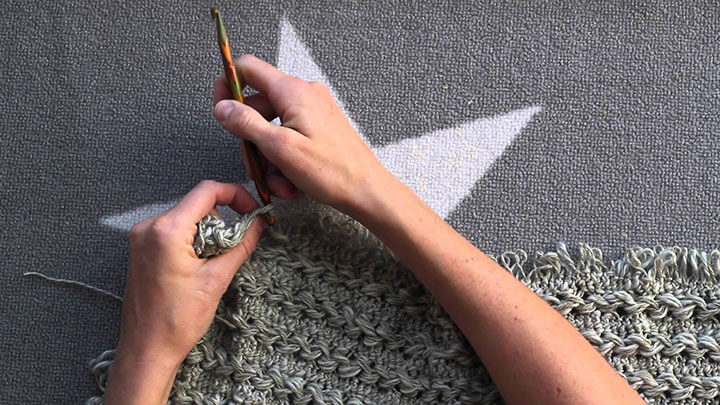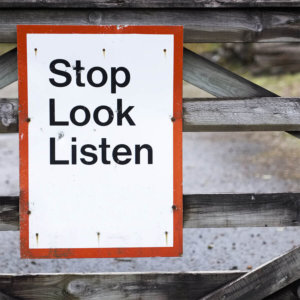In front of the house he made two pillars thirty-five cubits high, with a
capital of five cubits on the top of each. He made encircling chains and put
them on the tops of the pillars; and he made one hundred pomegranates,
and put them on the chains. He set up the pillars in front of the temple,
one on the right, the other on the left; the one on the right he called
Jachin, and the one on the left, Boaz.
2 Chronicles 3:15-17
It was all so beautiful! Rita and I walked out on this crisp morning to gaze at the full moon mirrored on the still waters of Lake Bemidji. We walked under trees turning fall colors and watched bald eagles fishing. We marveled at how the Creator so extravagantly spreads beauty. Then, my mind wandered to today’s Scripture about God putting beauty on display in the temple on Mount Zion. In addition to gold vessels, sumptuous priestly garments, there are two, freestanding, non-loadbearing pillars set up in front of the temple. Why? What was their purpose? Simply to be beautiful in God’s house! The two pillars were named Jachin (“Security”) and Boaz (“Strength”), each sculpted with lacework chains from which hung a hundred carved pomegranates. God delights in making things beautiful. As creatures made in God’s image, we need beauty.
Alexander Solzhenitsyn began his Nobel Lecture talking about our need for beauty. He quoted the Russian novelist Dostoevsky about how “Beauty will save the world.” Solzhenitsyn admitted that he had long puzzled over Dostoevsky’s words but had come to believe in the need for beauty in our lives.
Viktor Frankl said that one of the things that helped him survive the agony of Auschwitz was one day seeing the “beauty” of a fish head floating in his watery soup. Frankl also writes in Man’s Search for Meaning about how his eyes were surprisingly opened to beauty in the midst of suffering:
As the inner life of the prisoner tended to become more intense, he also experienced the beauty of art and nature as never before. Under their influence he sometimes even forgot his own frightful circumstances. If someone had seen our faces on the journey from Auschwitz to a Bavarian camp as we beheld the mountains of Salzburg with their summits glowing in the sunset, through the little barred windows of the prison carriage, he would never have believed that those were the faces of men who had given up all hope of life and liberty.
Dostoevsky would have understood Frankl. From Dostoevsky’s own imprisonment he learned the redemptive power of beauty: “Man can live without science, he can live without bread, but without beauty he can no longer live.” (Demons) I thank God for the beauty He so lavishly spreads through our lives.
I often experience the power of beauty in people’s lives. It might be a one cut daisy in a Mason jar, sunlight streaming through a hospital window, a child’s crayon picture, or strains of the Hallelujah Chorus. It reminds us that we are made in God’s image.
God created us not only to enjoy and savor beauty, but He also created us to create beauty. I like to think that each of us was made to be a Gimper. “What’s a Gimper?” you ask. The dictionary says that a Gimper is a person who adds “gimp”, or decorative trim, to a piece of fabric or upholstery. He or she takes something ordinary and makes it beautiful. The Jachin and Boaz pillars served no functional purpose in God’s temple, except to add to the temple’s beauty.
Today, how might God be calling you to savor the beauty in your life?
How might God be calling you, His image bearer, to be a Gimper? How might He be calling you to take the extra step of creating beauty in your everyday life?
Grace and peace,
Tim



